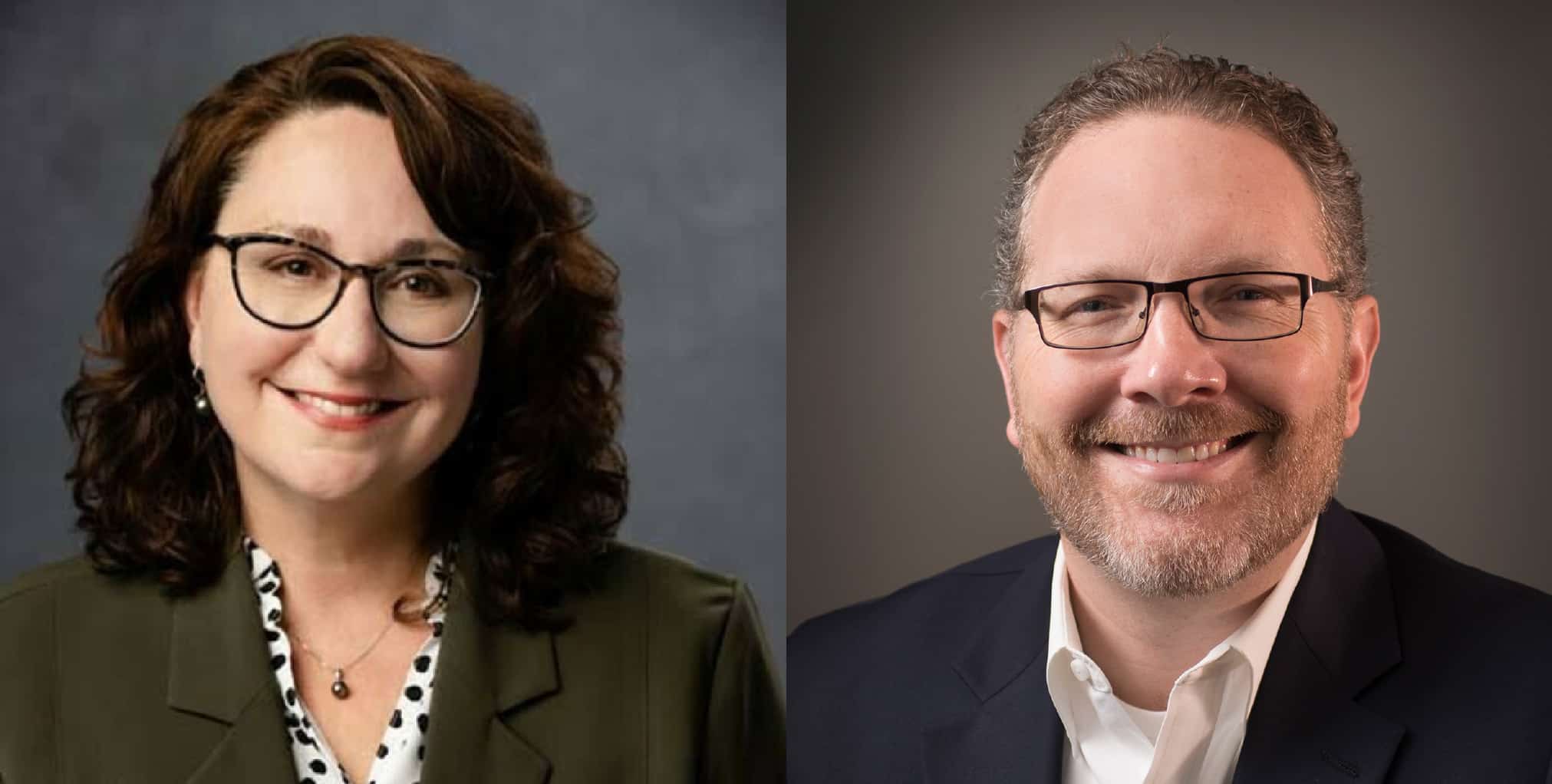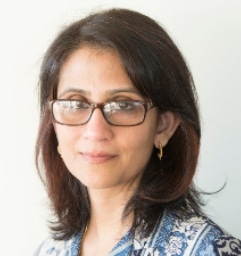By Christina Clark
Researchers at the University of Notre Dame have been awarded a three-year, $1.5 million, grant from the U.S. National Science Foundation (NSF) to develop a data platform to enable measurements and experiments in the electromagnetic spectrum. These measurements will contribute to academic and industry stakeholders’ research to drive spectrum sharing policy in existing bands, such as 3-4 GHz, as well as potential new bands, such as 7-8 GHz.
The award for the Spectrum Sharing Sandbox (S3) – A 6 GHz and CBRS (Citizen Band Radio Service) Data Platform for Advancing Spectrum Coexistence will be led by principal investigator (PI) Monisha Ghosh, a professor in Notre Dame’s Department of Electrical Engineering, director of policy outreach for SpectrumX, and affiliate member of Notre Dame’s Wireless Institute; co-PI Nick Laneman, professor of electrical engineering and director of SpectrumX, and co-director of Notre Dame’s Wireless Institute in the College of Engineering; and co-PI Jane Livingston, vice president for information technology & chief information officer for Information Technology at the University of Notre Dame.
According to the award description from the NSF, “S3 will be a data platform that will enable measurements and experiments on deployed 6 GHz and CBRS networks thus enabling the NSF Directorate for Computer and Information Science and Engineering (CISE) community to develop a better understanding of how different types of sharing are performing in the real world.”
“It is a critical time for spectrum innovation and policy in the U.S., with an emphasis on sharing and coexistence in the mid-band frequency range” said Ghosh. “The proposed testbed, S3, will enable in-depth studies of sharing in two mid-band frequency bands: the Citizens Broadband Radio Service (CBRS) band, 3.55 – 3.7 GHz, and the unlicensed but shared 6 GHz band. Experiments and data collected from S3 will be made available for the academic community to further research in spectrum sharing and coexistence. The lessons learned will inform dynamic spectrum sharing options in new bands such as 7.125 – 8.4 GHz.”

This award came just before the U.S. Department of Commerce’s National Telecommunications and Information (NTIA)’s announcement on June 12 that it, the Department of the Navy (DON), and the Federal Communications Commission (FCC), “have successfully collaborated to expand the unencumbered service area of a critical swatch of shared mid-band spectrum. Modifications to the aggregate interference model used in the 3.5 GHz band would allow the Citizens Broadband Radio Service, or CBRS, to provide uninterrupted access to mid-band spectrum that supports wireless Internet and other services approximately to 72 million more people.”
To learn more about S3, please visit: https://spectrumsharingsandbox.org.
Pictured at top: Monisha Ghosh.
Pictured from left to right: Jane Livingston, Nick Laneman.
About SpectrumX
SpectrumX is funded by the U.S. National Science Foundation (NSF) as part of its Spectrum Innovation Initiative, under grant number AST 21-32700. SpectrumX is the world’s largest academic hub where all radio spectrum stakeholders can innovate, collaborate, and contribute to maximizing social welfare of this precious resource.
To learn more about SpectrumX, please visit spectrumx.org.
Contact:
Christina Clark, Research Communications Specialist
SpectrumX / Notre Dame Research / University of Notre Dame
cclark26@nd.edu / 574.631.2665
spectrumx.org


